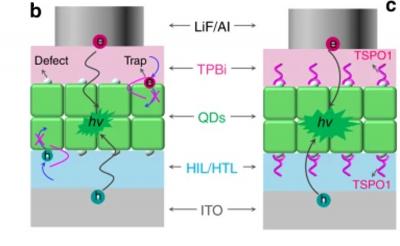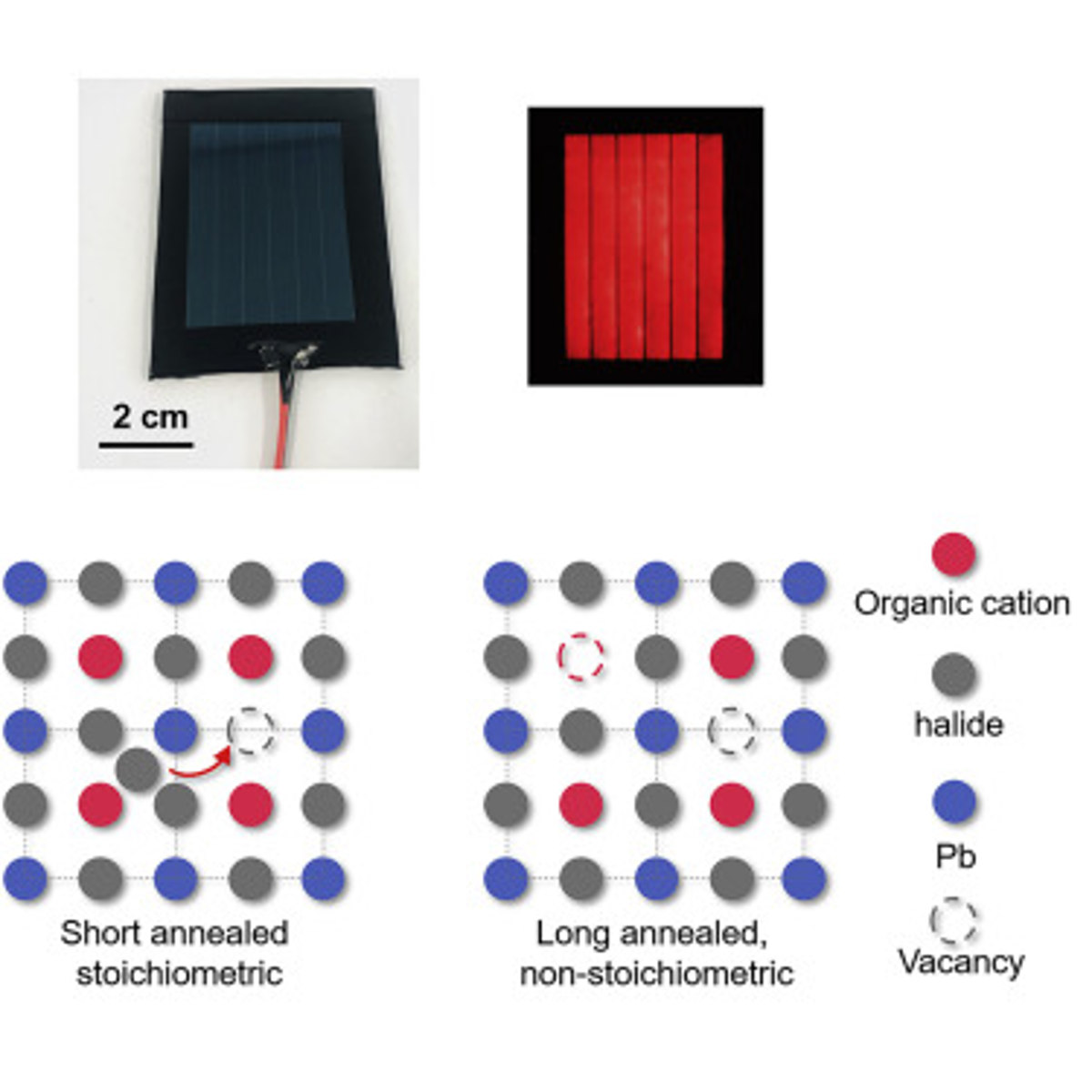Perovskite and organic solar cells tested in space
Researchers in Germany have sent perovskite and organic solar cells on a rocket into space. The solar cells withstood the extreme conditions in space, producing power from direct sunlight and reflective light from the Earth's surface. The work sets the foundation for future near-Earth applications as well as potential deep space missions.
One of the goals for space missions is to minimize the weight of equipment that the rocket carries. While current inorganic silicon solar panels used in space missions and satellites have high efficiencies, they are also very heavy and rigid. The emerging technology of hybrid perovskite and organic solar cells that are incredibly light and flexible becomes an ideal candidate for future applications.




